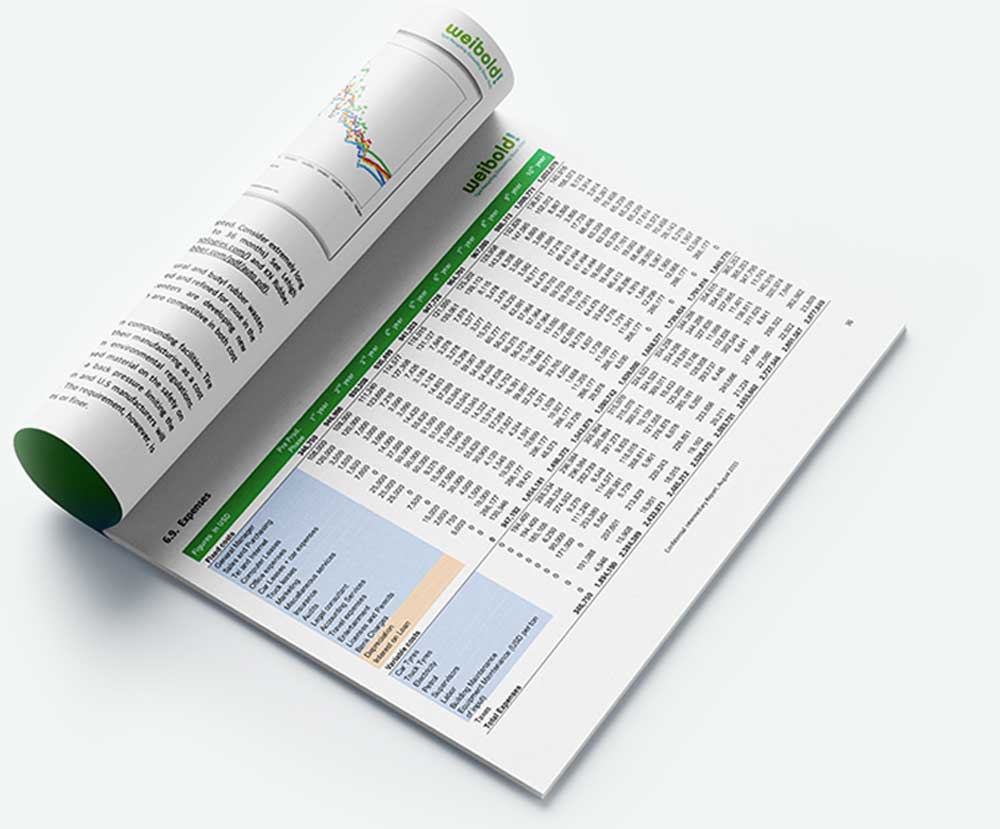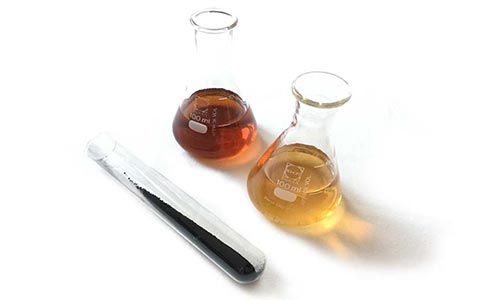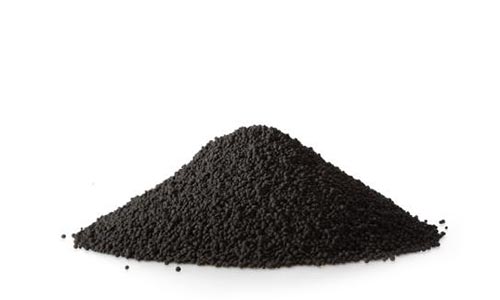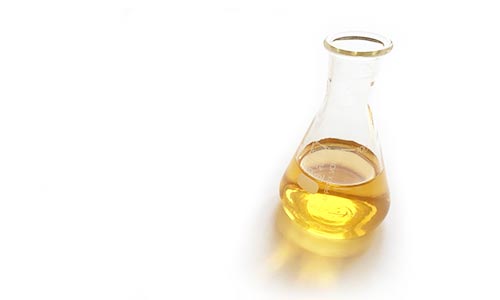
Tire Recycling Consulting
Pyrolysis Consulting
Shop NEW
Webinars
Used Equipment
Advertising
News & Events FAQ About Us Contact Search
News & Events FAQ About Us Contact Search
Pyrolysis
If you are contemplating a new pyrolysis plant, Weibold can conduct an in-depth study of the markets and technologies for a given budget. The Pre-Feasibility Study helps project initiators, investors or lenders make informed decisions. It defines and optimizes a concept for a specific location and situation. The Study also will serve as a blue-print for further project development.
Switch to tire recycling
Conceiving an economically viable pyrolysis plant is an iterative process that has to investigate, eliminate and make trade-offs on a large number of variables. This requires a methodical approach.
Each plant is different. Feedstock, markets, CAPEX limits, and technology choices are interdependent and any one parameter can have a large impact on the final economy and profitability of your operation.
The Pre-Feasibility Study helps you zero in on a concept that is adapted to your particular situation. It serves as a blue-print for further economic, market and technical development of the project as it moves from concept to execution.
The study will allow you to make informed decisions on funding to be secured, markets to be explored, products to be developed, and the technology to be acquired or licensed. It also provides a road-map for the phased development of prime customers and corresponding products. During fund raising efforts you will also be able to use the study as referenceable third party document for partners, parent companies, investors, and lenders.
Many projects struggle to break even in their first few years of operation. Economic viability of a tire pyrolysis plant depends on the intelligent productization of the materials produced. Weibold’s approach to conceiving a successful project is to clearly define the markets before choosing a technology. We recommend – in a first phase - establishing a baseline cashflow from the oil and carbon black fractions produced, and – in a second phase - develop higher value products in concert with customer’s buying and engineering departments. Focus is on a consistent, stable quality product first. Our objective is to push from energy recovery towards material recovery while consistently increasing the value of the product and its profitability. This concept is implemented in the analysis of the study and helps move the industries towards a circular economy while protecting the investments from phase to phase.
Weibold is conducting trend, market and technology studies for Clients around the globe. Our Clients include plant operators, investors, lenders, recycling associations, technology providers, and product manufacturers. Now selected cross sections of the knowledge we have collected and pooled in our research database is available for recycling strategists and operators looking for innovations and trends on specific subjects in world-wide markets.

Weibold's Technology Evaluation study will shed light on types of techniques and machinery to enhance quality of recovered carbon black (rCB) and pyrolysis oil. Apart from quality enhancement opportunities, the document will list technologies required to produce consumer goods from tire pyrolysis materials. Recycling tires into materials such as steel-free crumb rubber and fine rubber powder used to be a profitable venture; however, due to market saturation in developed economies, tire recycling companies might want to shift their focus from raw materials to potentially higher-priced consumer goods made from recycled rubber or even virgin rubber which can be replaced by tire-derived materials.

The contents of the Market Research are carefully adjusted to the individual situation of the Client and requirements of the project. The document incldes a comparative overview of traditional tire pyrolysis products, production methods, value adding technologies, and highlights advantages and disadvantages between each type of products.

In the document, Weibold considers the latest developments world-wide in OTR tire pyrolysis and rubber devulcanization technologies. The result of work is a detailed list of technology suppliers qualified for the project and fulfilling its special requirements a) the methods for processing, b) the technical readiness level, c) successful references, d) logistical considerations (weight/volume vs. capital investment), e) and to what extent this application could be applied to the Client's specific situation.